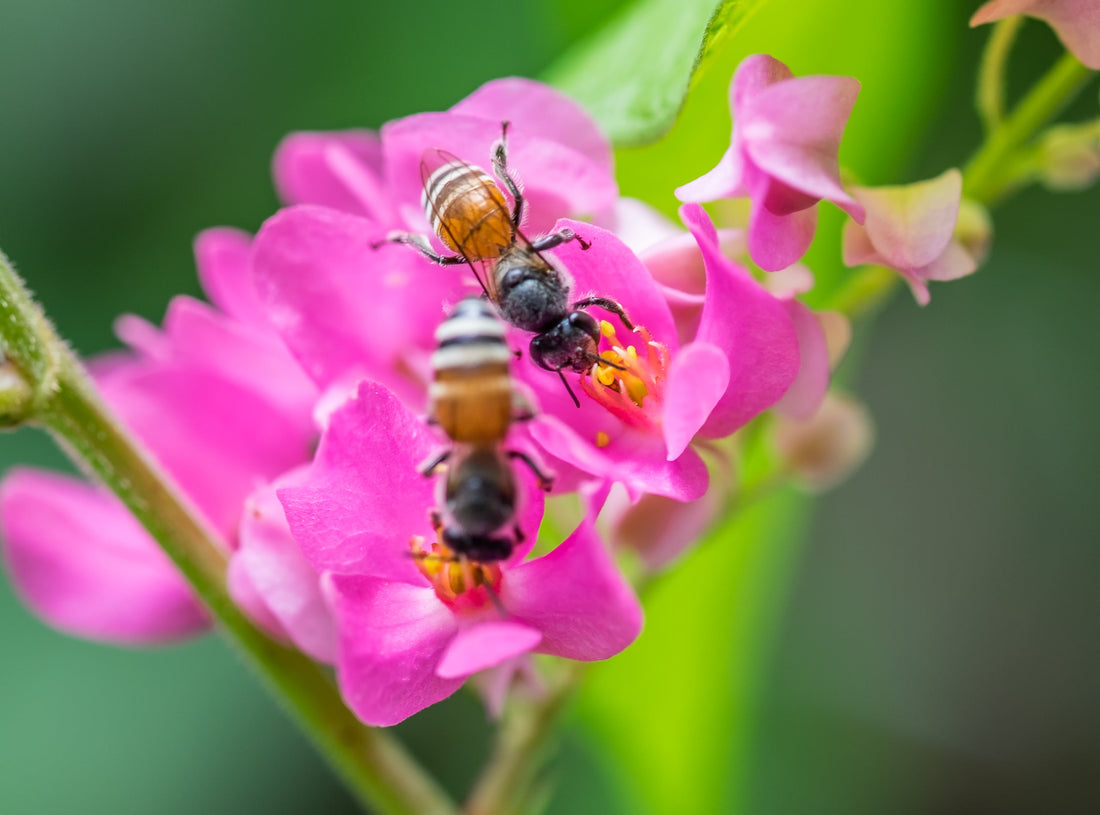When we think about pollination, the image that often comes to mind is a bee visiting a flower in perfect synchrony. Yet new research shows that this delicate dance between pollinators and plants is far more complex and that timing can make or break ecosystems. A study published in Annals of Botany revealed that even within a single flowering season, mismatches between when plants bloom and when pollinators are active can drastically change which plants thrive, reproduce, and ultimately shape biodiversity.
For businesses and organisations invested in sustainability, these findings matter. Pollination is not just a natural process; it is a cornerstone of food production, ecosystem stability, and long-term environmental resilience. When pollinators such as bees, butterflies, moths, and beetles fall out of step with flowering cycles, it affects which plant species survive. That, in turn, influences entire ecosystems and the services they provide, including crop pollination, carbon storage, and climate regulation.
The research highlights the Amazonvine, a flowering plant in Brazil that depends entirely on pollination from oil-collecting bees. During the plant’s peak flowering period, the researchers found that very few flowers were pollinated. Weeks later, however, when pollinator activity increased, the proportion of flowers pollinated rose dramatically from just 7.5% to an astonishing 93.6%. This rapid shift demonstrates that timing is not simply a detail; it is the deciding factor in whether plants reproduce successfully.
For the corporate world, this has clear implications. Climate change is already disrupting seasonal cues, creating mismatches between when flowers bloom and when pollinators are active. If these asynchronies become more common, it will threaten biodiversity and food supply chains that depend on healthy plant–pollinator relationships. Supporting pollinator health is therefore not just an ecological responsibility but also a strategic business decision. Companies that integrate biodiversity protection into their environmental, social, and governance (ESG) strategies are better positioned to future-proof their operations against ecological disruption.
The lesson is simple but powerful: nature operates on synchrony. When that synchrony is disrupted, the ripple effects extend far beyond a single plant species. Businesses that depend on agricultural products, supply chain resilience, or environmental credibility must recognise that pollinator conservation is more than philanthropy; it is risk management and long-term value creation.
At Bee Conservation, we assist organisations in taking meaningful steps to safeguard pollinators, from installing corporate beehives to running biodiversity education programmes that engage staff and stakeholders. Small actions, scaled across industries, can help preserve the balance between pollinators and plants that maintains biodiversity and, by extension, benefits business.

